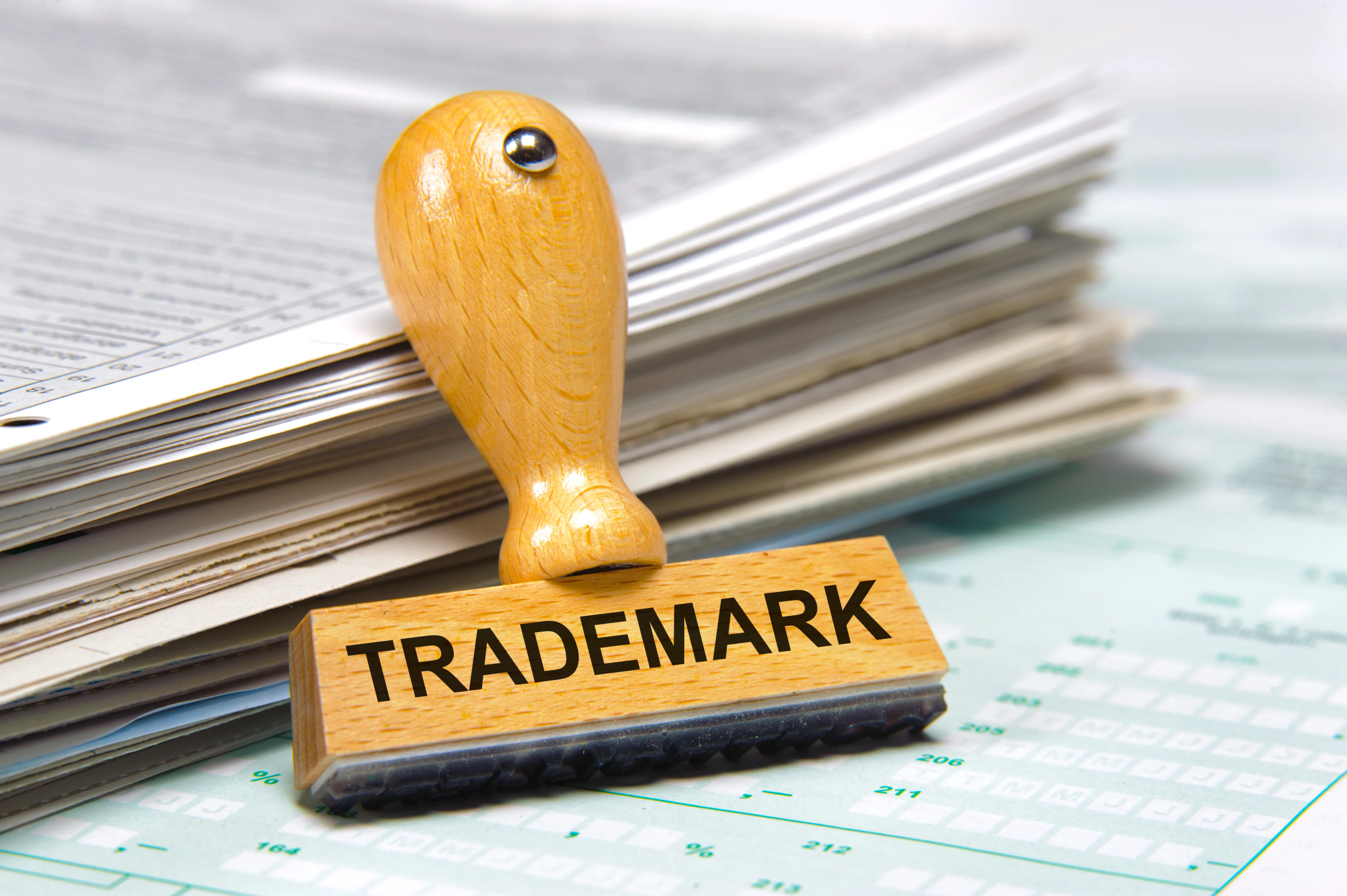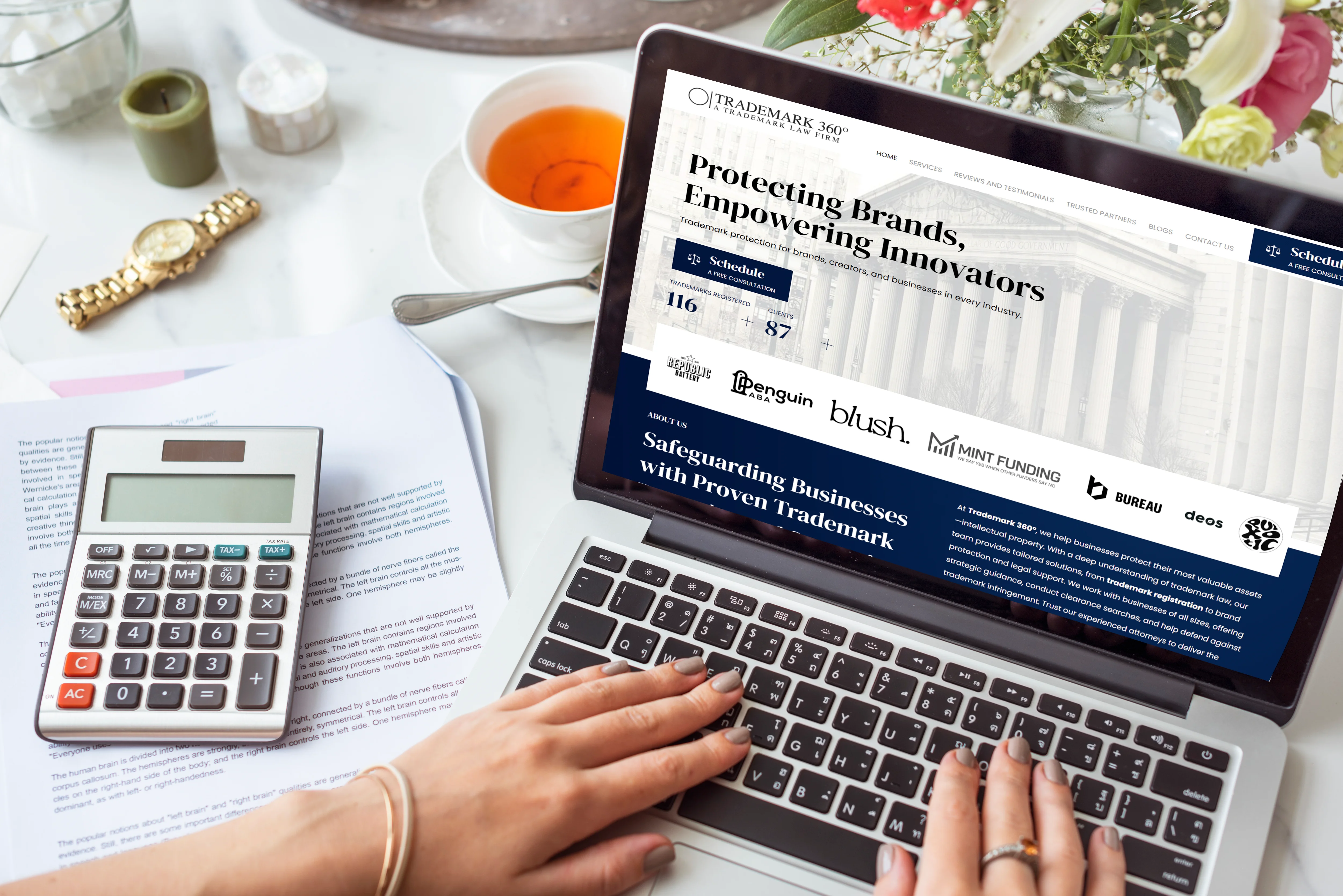Why Trademark Registration Matters
When you launch a new business, product, or service, your brand becomes one of your most valuable assets. Protecting it legally is crucial, and that's where trademark registration comes in.
A trademark is any word, name, symbol, logo, or slogan that identifies and distinguishes your goods or services from others. It's how customers recognize your brand, and trust it. Registering your trademark with the United States Patent and Trademark Office (USPTO) offers powerful legal benefits, including:
Nationwide ownership rights
The right to use the ® symbol
The ability to sue infringers in federal court
Stronger protection against copycats and counterfeiters
Increased brand value over time
Without registration, your rights are limited and can be harder to enforce, especially if a dispute arises. If you're wondering how to register a trademark and protect your business identity, this guide will walk you through the trademark registration process step by step, including what to expect at each stage.
What Can You Trademark?
You can file a trademark application for almost any brand element that distinguishes your business, including:
Business name
Logo or brand symbol
Slogan or tagline
Product names
Service names
Sounds or colors associated with your brand (in some cases)
The key requirement is that your trademark must be distinctive and not cause confusion with existing registered trademarks.
Step-by-Step Trademark Registration Process
1. Conduct a Comprehensive Clearance Search
Before you file a trademark application, it's critical to make sure your desired mark is available. A clearance search reviews:
Existing USPTO trademark records
Business names
Domain names
Social media handles
This step helps identify potential conflicts early, saving you time and money. Many trademark attorneys also issue an opinion letter based on the search results, advising you on your mark's registrability and any risks involved.
2. Prepare and File the Trademark Application
Once you confirm the mark is available, you can move forward with filing. Filing a USPTO trademark application online is the most common method. You'll need to provide:
Owner information (individual or company)
A clear description of goods and services
A depiction of the trademark (if it's a logo)
A sample showing the trademark in use (for actual use filings)
The basis for filing: Use in Commerce or Intent to Use
Use in Commerce
If you are already using the trademark in the marketplace, such as on product packaging, your website, or advertising, you can file based on use in commerce. You'll be required to submit a specimen showing how the mark is actually being used in connection with your goods or services (e.g., a label, screenshot, or advertisement).
This filing basis typically results in a faster registration timeline, since your usage is already established.
Intent to Use
If you haven't started using the trademark yet but plan to do so soon, you can file under intent to use. This tells the USPTO you have a good-faith intention to use the mark in commerce in the near future.
Once your application clears review and publication, you'll be required to submit a Statement of Use proving actual use before registration is granted. This gives you time to build your brand while still securing early priority over others.
3. Initial Review by USPTO Examining Attorney
After submission, a USPTO examining attorney is assigned to review your application. On average, it takes approximately 6 months for the USPTO to complete the initial examination.
The examining attorney checks for:
Compliance with filing requirements
Conflicts with existing trademarks
Distinctiveness
If everything looks good, your application moves forward. If not, the USPTO may issue an Office Action.
4. Respond to Office Actions (If Needed)
There are two main types of Office Actions:
Administrative Office Actions: Requesting small corrections or clarifications.
Substantive Office Actions: Raising larger issues like potential conflicts with another trademark.
If you receive an Office Action, you must respond within 3 months (with an optional 3-month extension, for a fee). Carefully and completely responding to any issues raised is essential to keep your application active.
5. Trademark Publication for Opposition
If your application clears the examining attorney's review, it's published in the USPTO's Official Gazette. This publication triggers a 30-day opposition window during which third parties can formally oppose your trademark if they believe it infringes on their rights.
If no oppositions are filed, or if any opposition is resolved in your favor, your application proceeds toward registration.
6. Statement of Use (For Intent-to-Use Applications)
If you filed based on "intent-to-use," you must submit a Statement of Use once you begin using your trademark in commerce. This proves your mark is active and publicly associated with your goods or services.
If you filed based on "use in commerce" from the beginning, you can skip this step.
7. Trademark Registration
After all requirements are satisfied and no oppositions remain, the USPTO issues your Certificate of Registration.
At this point:
You are officially the owner of a federally registered trademark.
You are entitled to use the ® symbol.
Your brand is better protected under U.S. law.
From start to finish, the trademark processing time typically averages 12 to 14 months, but can vary based on complexity and any Office Actions.
Trademark Maintenance and Renewal
Trademark rights are not indefinite without action. To maintain your registration:
Between years 5 and 6: File a Declaration of Continued Use (Section 8).
At year 10, and every 10 years thereafter: File a Combined Declaration of Use and Renewal Application (Sections 8 and 9).
Failing to meet these deadlines could result in cancellation of your registration. There's also a six-month grace period available, but it involves additional fees.
Secure Your Brand Today
Navigating the trademark registration process may seem overwhelming at first, but having the right agency by your side can transform the experience. A knowledgeable attorney doesn't just handle paperwork. They provide clarity, prevent costly mistakes, and ensure every detail aligns with your business goals. Whether you're protecting a business name, logo, or slogan, registering a trademark strengthens your brand identity and helps safeguard your future success.
Ready to trademark your brand? Contact Trademark 360° today for expert assistance with every step of your trademark registration journey!
Powered by Froala Editor












